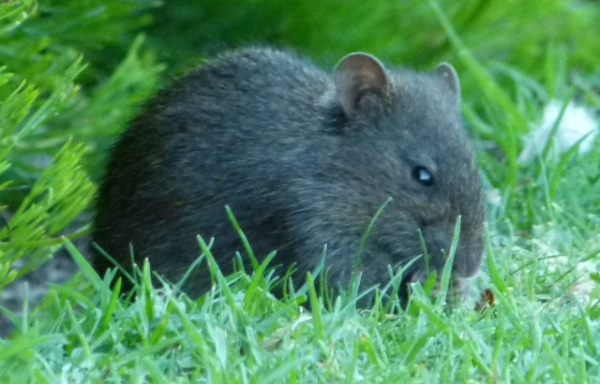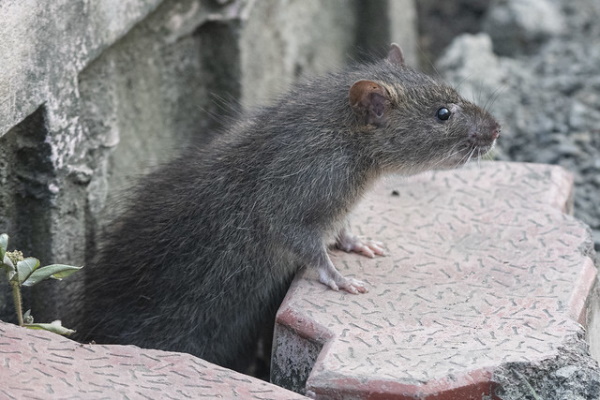
Rats may not be everyone’s cup of arsenic-infused tea but – hand in paw with humans – these polarizing rodents have successfully spread across the globe.
Black Rat (Rattus rattus)
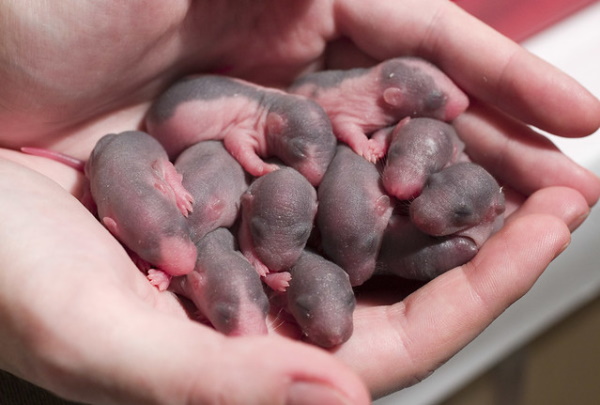
Meet the Black Rat: a rat so “nice” they named it twice! Nice or not, when your scientific name is Rattus rattus you’re pretty much the poster child for Rats. Like, how much more rat can you get? To paraphrase Nigel from Spinal Tap, Rattus rattus are… none more rat.
Black rats have also been referred to as ship rats due to their propensity to infest the holds of wooden sailing ships. The historic European voyages of exploration offered black rats, thought to originate in South and/or Southeast Asia, a unique opportunity to expand their range. Time and time again, ship rats established new populations on remote islands, decimating native plant and animal species that had not evolved any defense against them. (images at top via Vijay Anand Ismavel and above via Alexey Krasavin)
* Amazing Rat Fact: Rattus rattus may be none more rat but they’re not always er, none more black. Indeed, black rats may sport a range of coat colors ranging from deep black through light brown. Various sources mention “an unusual green-tinted variety” domestically bred in England during the 1920s, though scarce documentation is available to support that claim.
Norwegian Rat (Rattus norvegicus)
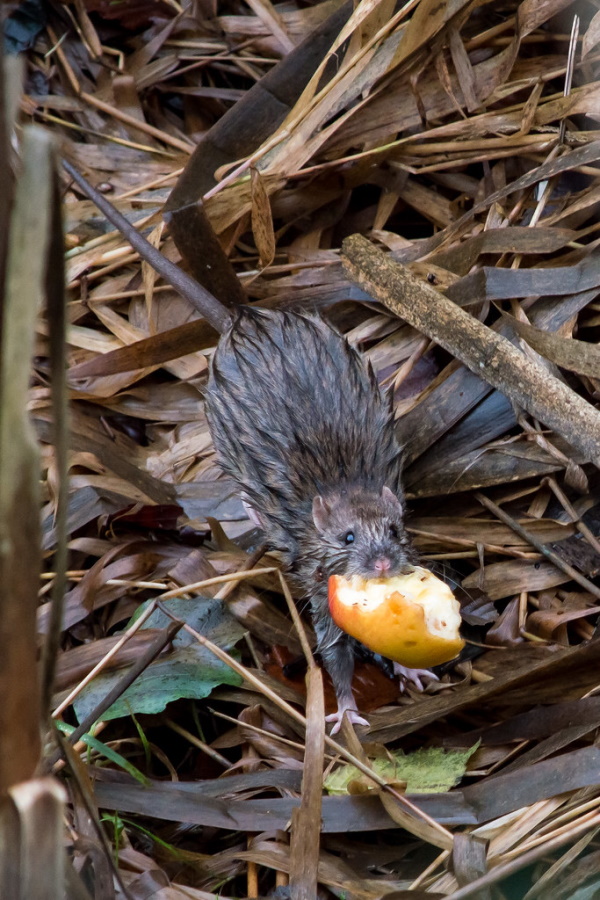
The Brown Rat is sort of a black rat on steroids. Also known as the Norway rat, sewer rat and wharf rat, this hardy and persistent rat subspecies is more tolerant of colder climates. This characteristic allowed the larger and more aggressive brown rat to supplant the well-established black rat in northern European regions. As with black rats, brown rats have followed human seafarers to new lands and have established viable populations on every continent except Antarctica. (image above via Philip McErlean)
* Amazing Rat Fact: Brown rats have been domesticated to various degrees and for various purposes, one of which is the so-called Laboratory Rat (Rattus norvegicus domestica). This subspecies was derived from the selective breeding of white-marked rats rescued from being killed in the widely-banned “sport” of rat baiting.
Bush Rat (Rattus fuscipes)
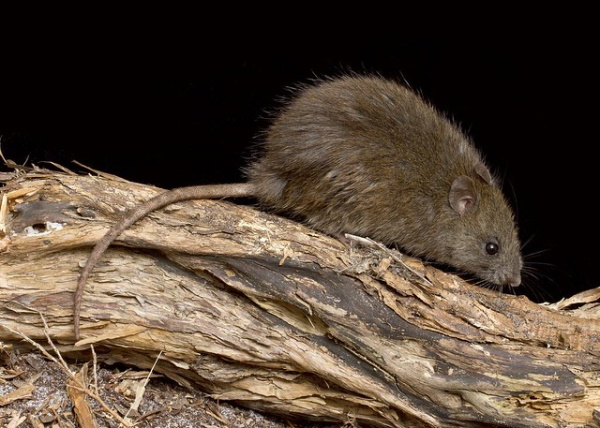
The Bush Rat was already well-established in Australia when the First Fleet arrived back in 1788, disgorging 1,400-odd people along with an unknown number of ship rats. Unlike countless other indigenous species overwhelmed by invasive rats, bush rats have managed to hold their own and are today Australia’s most common native rat species. (image above via Catching The Eye)
* Amazing Rat Fact: Bush rats have a number of characteristics that contribute to their success. In particular, they generally avoid areas impacted by human activity… how un-ratlike! They also prefer the forest floor to the treetops, are mainly nocturnal, and are primarily herbivorous.
Think rats make better pests than pets? Check out The Verminators: 7 Amazing Amusing Pest Control Signs!
